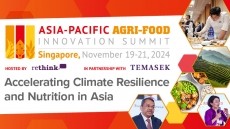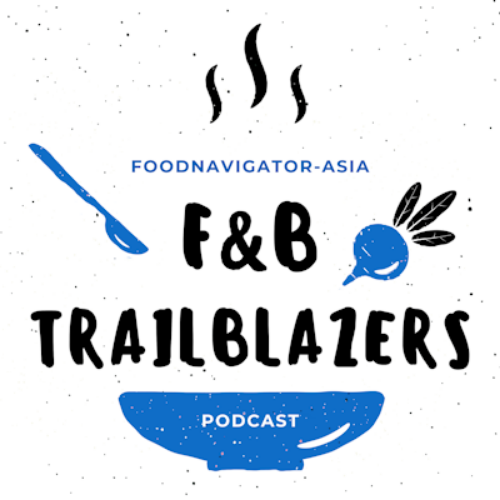Soapbox
Insects: A special food case for the European Union

That’s because the European Union is preparing to accept edible insects in its standards thanks to a renewed novel food regulation ((EU) No. 2015/2283). And Thailand plans to have a key role in supplying the king of edible insects: the cricket.
To discuss the details of the new regulation, with particular emphasis on the special case of insects, some European Union experts who have been working on the approval processes recently met in Bangkok with the local food and drug administrations (ACFS, for the agricultural side, and FDA, focused on food).
Their meetings took place during a public conference and workshop, moving from Bangkok to Khon Kaen, where officials visited several cricket farms before discussing in detail the developments of the “good agricultural practices” guidelines for crickets.
Leena Mannonen, who is considered to be an influential figure in the edible-insect movement, presented the main elements of the novel food law at the conference, and outlined the changes that will be fully implemented from January 2018.
She said that the new law has various improvements, such as a centralised process for approval requests submitted directly to the European Commission, rather than individual member states, as is currently the case.
The new law also has a simplified notification procedure for “traditional food from third countries”, which can be used if the food originates from primary production, she added. Crickets, of course, have a history of safe food use have has been used as a food for at least 25 years—a perfect case for crickets.
In this regard, European Food Safety Agency (EFSA) will soon release a comprehensive guidance document illustrating how an applicant should show a history of safe food use.
Wolfgang Gelbmann, who works at EFSA, explained during the meetings that under the new regulation the regulator must consider if history of safe food use in a third country is substantiated; if composition and conditions of use pose a safety risk; and whether the food is nutritionally disadvantageous to the EU consumer.
He also outlined aspects of EFSA’s guidance on ordinary novel food applications (which are more complex than those based on “traditional food from third countries”), including information relating to the production process, compositional data, specifications, proposed use, nutritional information, toxicology and allergenicity.
The more a novel food is processed, he said, the more likely a toxicological study would be required. However, for insects and insect-based products, toxicology information would probably not be necessary, meaning it could be a better option to lodge an application under the normal process where 25 years of documented use is not required.
The application for a novel food under the new law will be possible from January 2018. Once new food, like for example the cricket (Acheta domesticus), is approved, any cricket product from any brand or country will be accepted as safe. In other words, when the safe use of crickets is agreed, products containing whole crickets, part of crickets or cricket flour are expected to be acceptable.
If the crickets are heavily processed, for example by extracting the fats, or changing the key composition or characteristics, a new novel food application would be required.
Depending on if an application is standard or a “traditional food from third countries”, approval timeframes may vary, from a minimum of half a year to more than a year.
This is an improvement over the average timescale with the old law (three years), but still seems a long time for a world where food innovation is critical and markets move fast.
Other western countries, like America, Canada and Australia, have immediately accepted crickets as a safe food, requiring only the insects to be farmed, as is the case in America.
In Europe, some "rebel" countries may have had similar concerns, and as a consequence in Britain, Holland, Belgium and Denmark, some bugs are already accepted as food. These will be allowed to stay on the market until 2020 by the EU, as a transition phase.
There are rumours of a number of companies and organisations that are ready to submit a cricket novel food application. A non-official, partial list has been published on the Bugsolutely site, where you can also find the slides from the presentation by Mannonen and Gelbmann at the Bangkok event.
But bear in mind that the European Commission will accept only one “cricket” application on a first-come-first-served basis. That means that other applicants’ time and money could be wasted, as only one application is necessary. It looks like things are moving, albeit at the slow and shaky pace of European bureaucracy.















